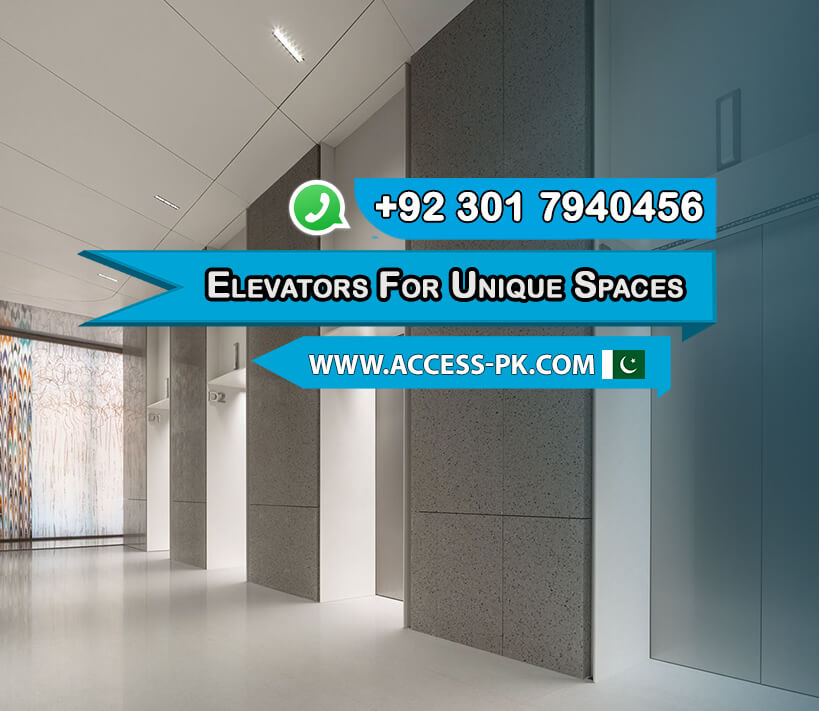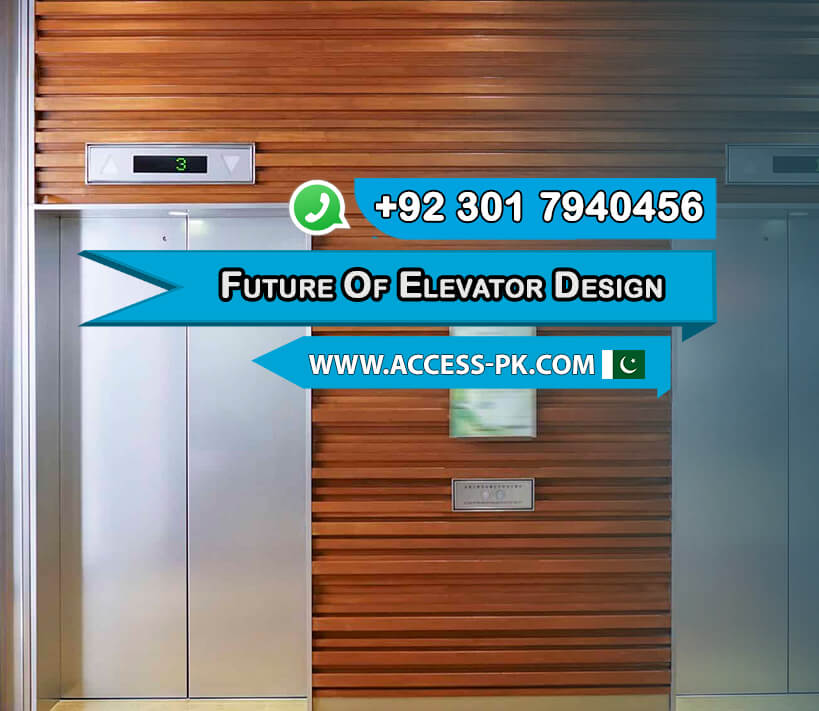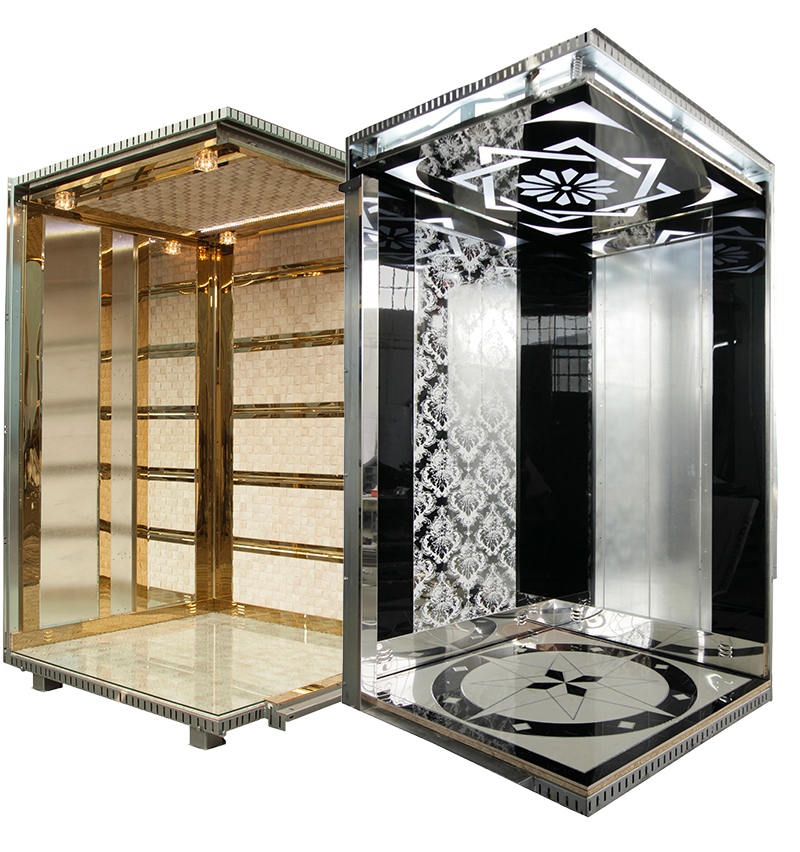In the realm of Elevator Design Trends, a remarkable advancement has emerged: the rise of Destination Control Systems (DCS). This innovation has transformed the way elevators operate, making them smarter and more efficient. DCS, a groundbreaking technology, allows passengers to input their desired destination before even stepping into the elevator. This pivotal shift in elevator design marks a significant improvement in user experience and building efficiency.
Access Technologies, owned by Imran Rafi, stands as a shining example of a forward-thinking Lift & Elevator Company embracing this trend. They have adopted DCS in their elevator designs, enhancing the functionality and elegance of their products. With DCS, passengers experience reduced waiting times and less elevator congestion. It’s an example of how Access Technologies is at the forefront of Elevator Design Trends, striving to provide efficient and user-friendly vertical transportation solutions.
Moreover, DCS contributes not only to improved efficiency but also to security. Elevators equipped with DCS ensure that passengers can only access their designated floors, enhancing access control and building safety. As Elevator Design Trends continue to evolve, DCS is aligning seamlessly with the growing demand for smart, user-friendly technology in all aspects of our lives. It’s a testament to how technology is enhancing our daily experiences, even within the confines of an elevator.
In conclusion, the rise of Destination Control Systems is a significant milestone in Elevator Design Trends. Access Technologies, owned by Imran Rafi, has embraced this innovation, making it a key feature of their elevator designs. This technology not only enhances efficiency but also offers improved security and an overall more enjoyable user experience. As the elevator industry continues to evolve, DCS remains a crucial element, ensuring that elevators are not just functional but also elegant and efficient spaces.
Get Free QuotesElevators: An Evolution in Design

Elevator Design Trends have witnessed a remarkable evolution, marking a significant departure from the conventional designs of the past. This transformation is driven by various factors, including advancements in technology and changing architectural preferences. Today’s elevators have transcended their utilitarian origins and are now elegant and efficient spaces that enhance both functionality and aesthetics.
The integration of advanced technology has been a cornerstone of the Elevator Design Trends in recent years. Modern elevators, equipped with cutting-edge control systems, provide passengers with smoother and more efficient rides. Gone are the days of slow, clunky elevators; today’s models offer a seamless and comfortable experience, thanks to precision engineering and advanced algorithms.
Furthermore, sustainability has taken center stage in Elevator Design Trends. Elevators are now equipped with eco-friendly features such as energy-efficient lighting, regenerative drives, and smart control systems. These innovations not only reduce the environmental impact but also align with the broader trend of green building design, showcasing a commitment to a more sustainable future.
Additionally, Elevator Design Trends have placed a significant emphasis on aesthetics. Elevator interiors are no longer merely functional spaces but integral parts of a building’s overall design. Designers utilize a variety of materials, from glass and stainless steel to wood and stone, to create elevator cabins that complement the building’s style. Illuminated panels, sleek handrails, and artistic wall finishes are all elements contributing to elevators becoming elegant and visually appealing spaces.
Get Free QuotesElevators: Customization for Unique Spaces

Elevator Design Trends have seen a shift towards customization to suit the unique requirements and aesthetics of different spaces. This evolution in elevator design is reshaping how Lift & Elevator companies approach their projects, offering more flexibility and creativity to architects and building owners.
Customization in elevator design encompasses various aspects, from materials and colors to cabin layout and functionality. For example, in a high-end hotel, Elevator Design Trends may lean towards opulent finishes and branded elements that create an exclusive and luxurious atmosphere. On the other hand, in a modern office building, the focus might be on clean lines, minimalist design, and high-tech features to complement the workspace’s ambiance.
Elevator customization goes beyond aesthetics; it also enhances functionality. Building owners can specify the elevator’s speed, capacity, and special features to meet the specific needs of their space. In a healthcare facility, elevators can be customized to accommodate stretchers and medical equipment, ensuring smooth patient transportation. In retail settings, elevators can be designed with innovative displays and lighting to showcase products and enhance the shopping experience.
This trend towards customization not only enhances the aesthetic appeal of elevators but also contributes to their overall efficiency and functionality. Elevator Design Trends are evolving to cater to diverse needs and align with the unique character of each space. As Lift & Elevator companies embrace this trend, they are empowering architects and building owners to create elevators that seamlessly integrate with the overall design and purpose of the building, making them an integral part of the user experience.
Get Free QuotesElevators: The Future of Elevator Design

Elevator Design Trends are constantly evolving, and the future promises even more exciting developments in elevator design. As buildings continue to grow taller and more complex, Lift & Elevator companies are pushing the boundaries of what elevators can do and how they can contribute to the overall building experience.
One area to watch in the future of elevator design is vertical transportation for supertall buildings. With skyscrapers reaching unprecedented heights, elevators will need to become faster, more efficient, and capable of handling even greater passenger loads. Elevator technology will play a pivotal role in ensuring that these towering structures remain practical and accessible.
Sustainability will remain a central theme in Elevator Design Trends. Elevators of the future will likely be even more energy-efficient and environmentally friendly. Integration with smart building systems will enable elevators to coordinate with other building systems, optimizing energy usage and passenger flow. This sustainable approach aligns with the broader global commitment to reducing the environmental footprint of buildings.
Additionally, the COVID-19 pandemic has prompted a reevaluation of elevator design to address health and safety concerns. Future elevators may incorporate touchless controls, improved ventilation systems, and enhanced cleaning protocols to ensure the well-being of passengers. Elevator Design Trends will continue to adapt to the evolving needs of society, ensuring that elevators remain a safe and efficient mode of vertical transportation.
Get Free Quotes



